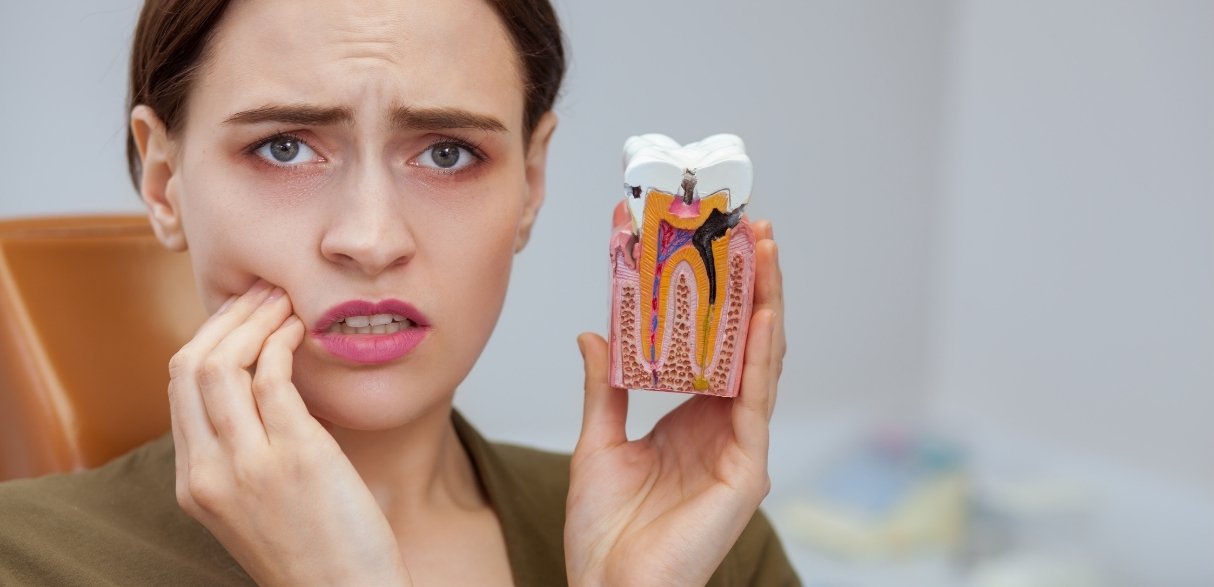
When dental pain strikes suddenly, an emergency dentist can save the day — and your tooth! If you’re facing an emergency root canal, knowing what to expect can make the experience much less stressful. Let’s walk through the process in simple steps so you feel fully prepared.
Why You Might Need an Emergency Root Canal
An emergency root canal is often needed when a tooth becomes severely infected or injured. Common reasons include:
- Sudden, intense toothache
- Swelling in the gums or face
- Sensitivity to hot or cold that doesn’t go away
- Injury or trauma to the tooth
Without prompt treatment, the infection can spread and cause even bigger problems. That’s why visiting an emergency dentist quickly is so important.
What Happens During a Root Canal Emergency?
Step 1: Immediate Pain Relief
First, the emergency dentist in Pocatello will help relieve your pain right away. They’ll likely numb the area around the tooth with local anesthesia so you’re comfortable during the procedure.
Step 2: Cleaning Out the Infection
Next, the dentist will create a small opening in your tooth to remove the infected pulp, the soft tissue inside the tooth. Special tools will carefully clean out all the damaged areas.
Step 3: Disinfection
After cleaning, he will disinfect the inside of your tooth to make sure no bacteria remain.
Step 4: Filling the Tooth
Once clean and dry, the empty root canals are filled with a special material that seals them off. This helps prevent future infection.
Step 5: Temporary or Permanent Restoration
In many emergency cases, you may receive a temporary filling until a permanent crown can be placed. A crown protects the tooth and restores its strength.
According to the American Association of Endodontists, over 15 million root canal treatments are performed annually, with a success rate of approximately 95%.
This means you can feel confident that emergency root canals are both safe and highly effective.
What To Expect After an Emergency Root Canal?
1. Some Tenderness Is Normal
It’s completely normal to have some tenderness or mild discomfort around the treated area for a few days. Over-the-counter pain relievers typically help manage this condition.
2. Take Good Care of Your Mouth
Follow a dentist’s instructions carefully. Good oral hygiene is key. Gently brush and floss as usual, but avoid chewing on the treated side until your final crown is placed.
3. Watch for Any Signs of Trouble
If you experience severe pain, swelling, or a fever, contact an emergency dentist immediately. While rare, complications can happen and should be treated promptly.
4. Plan for a Follow-Up Visit
Most emergency root canals require a second visit to complete the restoration with a crown. This visit ensures the tooth is fully protected and functions just like your natural teeth.
How an Emergency Dentist Helps You Heal Faster
Choosing a knowledgeable emergency dentist makes a huge difference. They not only stop your pain but also focus on saving your natural tooth whenever possible. A healthy natural tooth is stronger, looks better, and feels more natural than a replacement.
Additionally, by acting quickly, you can prevent serious infections that could lead to more invasive and costly treatments later on.
Don’t Wait—Seek Help Fast!
Dental emergencies are scary, but with the right help, you can bounce back quickly. An emergency root canal is a straightforward, proven way to save your tooth and protect your smile.
Remember: The sooner you consult our emergency dentist, the better your chances of a smooth and easy recovery. Take care of your oral health, listen to the dentist’s advice, and you’ll be smiling again in no time.

